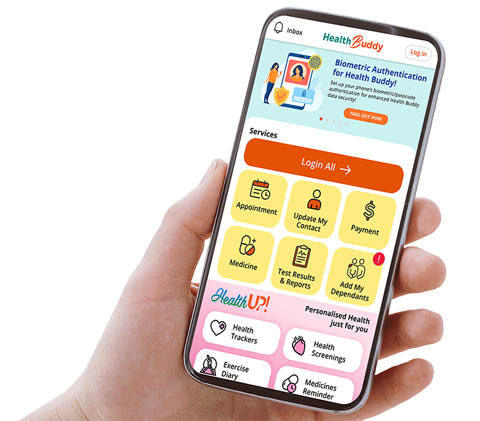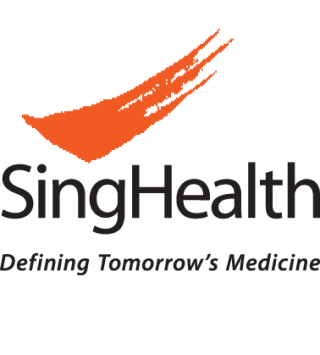The role of oncologic imaging in cancer care
“You know the game, ‘Spot the Difference’? That’s how I explain what we do in the Division of Oncologic Imaging – comparing current scans with the previous ones to detect even the smallest changes.”
This simple analogy from Assistant Professor Tiffany Hennedige, Head of the Division of Oncologic Imaging (DOI) at the National Cancer Centre Singapore (NCCS), captures the essence of her team’s work.
However, in reality, oncologic imaging is far more complex – playing a critical role in diagnosing, staging, and guiding cancer treatment.
The backbone of cancer care

The radiologists at NCCS who play a crucial role in cancer care by interpreting imaging studies and issuing diagnostic reports for oncologists, surgeons, and other specialists.
When patients come to NCCS for cancer treatment, their oncologists and surgeons need detailed information to develop the most effective treatment plan. That’s where oncologic imaging comes in.
DOI is made up of a collaborative team who ensure accurate, high-quality imaging.
Radiologists, who are doctors, analyse and interpret the imaging inside a patient’s body while radiographers operate the CT, MRI and X-ray scanners to capture these images. The nurses at DOI prepare patients for scans while the administrative team manages appointments and logistics, ensuring everything runs smoothly.
Seeing what matters
Radiologists are often called the “doctor’s doctor” because they work behind the scenes, providing vital insight that help oncologists and surgeons make key decisions. They help determine the cancer’s stage (how advanced the disease is), the tumour’s aggressiveness (whether a cancer is slow-growing or highly active), and the available surgical options. At weekly multidisciplinary tumour boards, they also present and discuss complex cases, working with the medical care team, to ensure the best possible care for each patient.
Radiologists focus purely on what the images reveal, without being influenced by a patient’s background or personality.
"Everyone looks the same on the inside, so we focus entirely on what the scans tell us,” explained Asst Prof Hennedige.
This unbiased approach is vital in making life-changing decisions.
Asst Prof Hennedige recalled a case where a small lung nodule was detected next to the heart on a routine follow-up scan for a colorectal cancer patient.
“The patient had been doing well, and the nodule wasn’t causing any symptoms. However, the scan revealed that the cancer had spread to the lungs, prompting us to advise the patient’s oncologists to completely revise the treatment plan,” she recounted. “Had this development gone undetected, the nodule could have grown unchecked, potentially lowering the chances of cure.”
The future of oncologic imaging
Artificial intelligence (AI) is rapidly transforming medical imaging. AI can analyse thousands of images, detecting patterns and abnormalities that may be missed by the human eye.
A study called Project RAPIER, a collaboration between A*STAR's Institute of High-Performance Computing (IHPC), Singapore General Hospital and NCCS, has analysed over 5,000 imaging studies to develop an AI-powered decision-support tool for radiologists and pathologists.
While AI can help enhance efficiency and accuracy, radiologists remain indispensable.
“AI helps reduce variability, but radiologists train the AI, validate its findings, and make the final decisions about patient care,” said Asst Prof Hennedige.
Oncologic imaging: Stimulating, balanced and rewarding

According to Asst Prof Tiffany Hennedige, Head of NCCS Division of Oncologic Imaging, oncologic imaging is a field that is deeply rewarding.
After a decade at NCCS, Asst Prof Hennedige describes oncologic imaging as a field that is intellectually stimulating, balanced and deeply rewarding.
“Our work is structured so that we have the time to analyse complex scans thoroughly, attend multidisciplinary meetings, and contribute meaningfully to patient care,” she explained.
Radiologists undergo extensive training in diagnostic imaging, with some specialising in specific cancers or organ systems. Asst Prof Hennedige, for example, focuses on abdominal and pelvic cancers. And despite not directly interacting with patients, radiologists find immense fulfilment in their work.
“Every scan we interpret, every report we write – it all makes a difference,” she said. “It’s a responsibility we take very seriously because it directly impacts patient lives.”
Keep Healthy With
© 2025 SingHealth Group. All Rights Reserved.
















